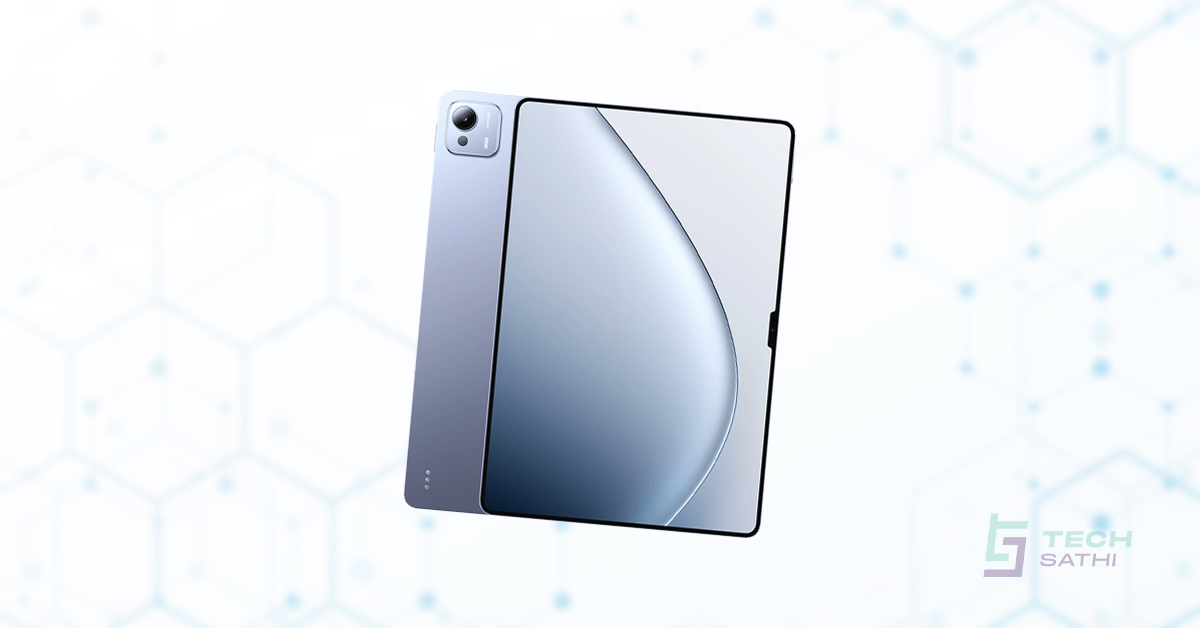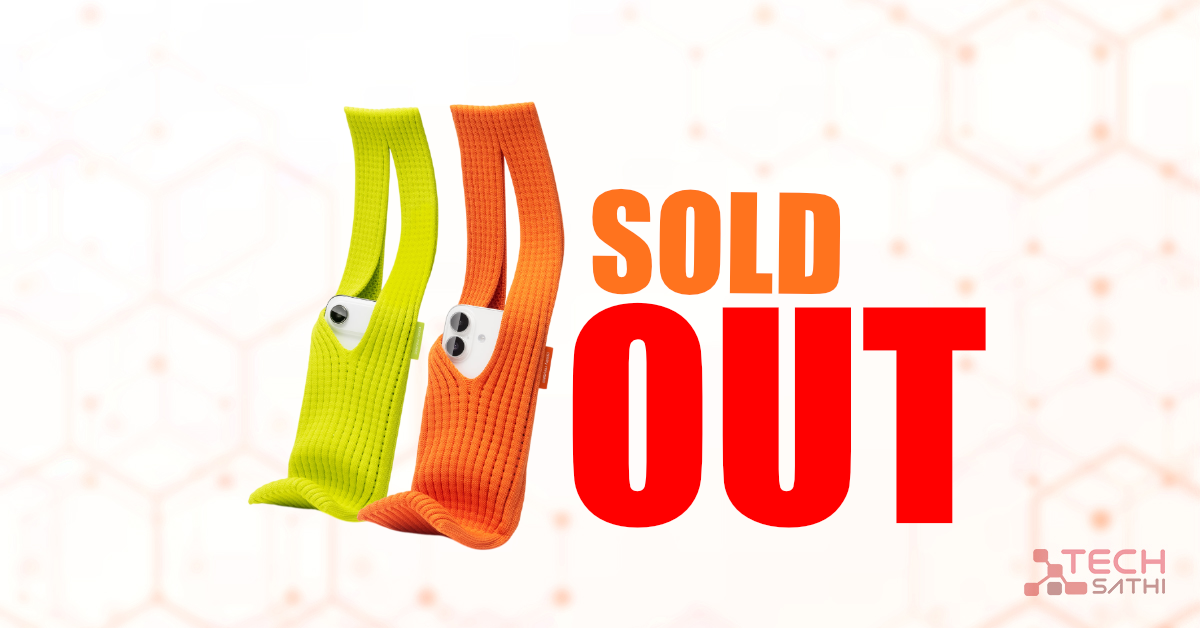Android tablets in 2025 have entered a new phase . Manufacturers are no longer creating half-hearted alternatives to the iPad. Instead, they are building serious devices with top-tier hardware and advanced software. These tablets now feature flagship processors, premium displays, and deep ecosystem integration. They excel in productivity, creativity, and entertainment.
The market is more competitive than ever. Brands are focusing on innovation and user experience. From gaming to multitasking, today’s Android tablets are pushing boundaries. The result is a diverse lineup that caters to different needs and preferences.
OnePlus Pad 3 : Power and Precision
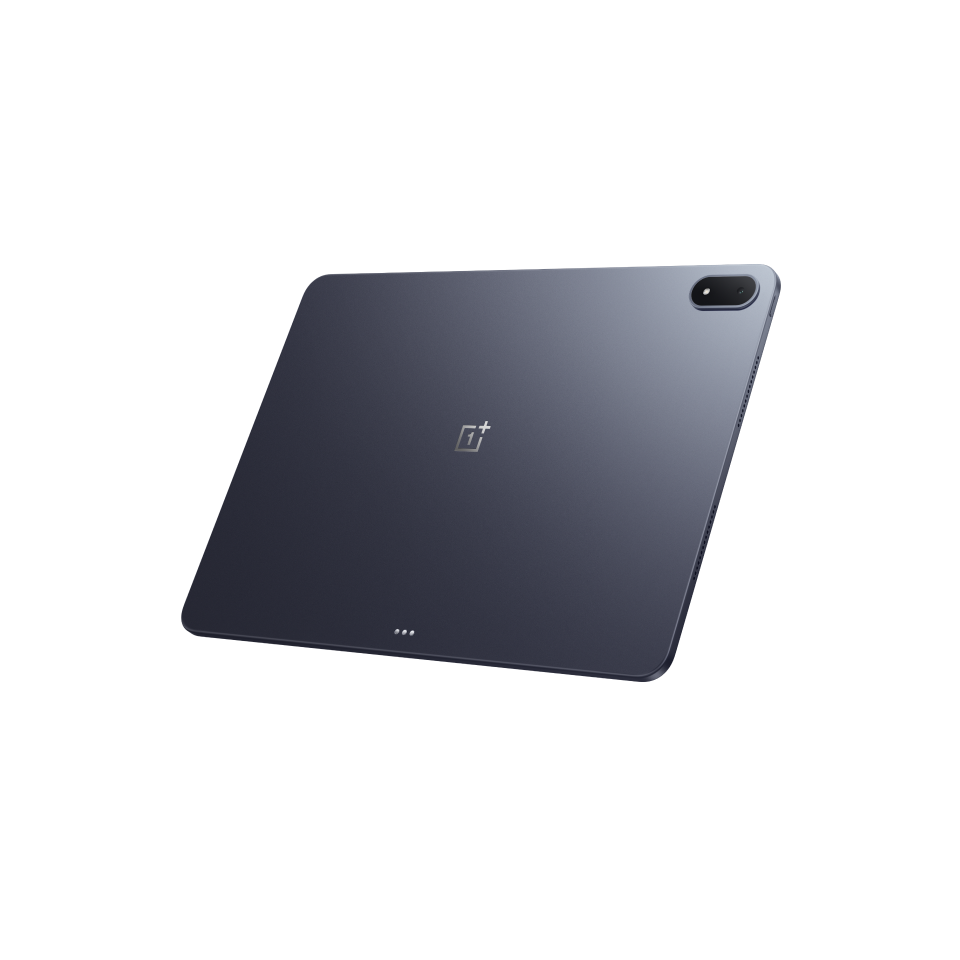
OnePlus launched the Pad 3 as its most powerful tablet yet. It comes with a large 13.2-inch 3.4K LCD screen. The display supports a 144Hz variable refresh rate and reaches up to 900 nits of brightness. This makes it ideal for both indoor and outdoor use.
The tablet is powered by the Snapdragon 8 Elite chipset. It pairs with up to 16GB of LPDDR5T RAM and UFS 4.0 storage. This combination ensures fast performance and smooth multitasking. It runs Android 15 with OxygenOS 15 out of the box.
Audio quality is also a highlight. The device has eight speakers with intelligent channel switching. This delivers immersive sound for movies and music. A 12,140mAh battery supports 80W SuperVOOC charging. It can go from 0 to 100% in about 92 minutes.
OnePlus also improved the keyboard. It now has larger keycaps and a dedicated AI key. The adjustable hinge allows for more flexible typing angles. These upgrades make the Pad 3 a top choice for professionals.
Xiaomi Pad 7 Ultra : A Display Powerhouse
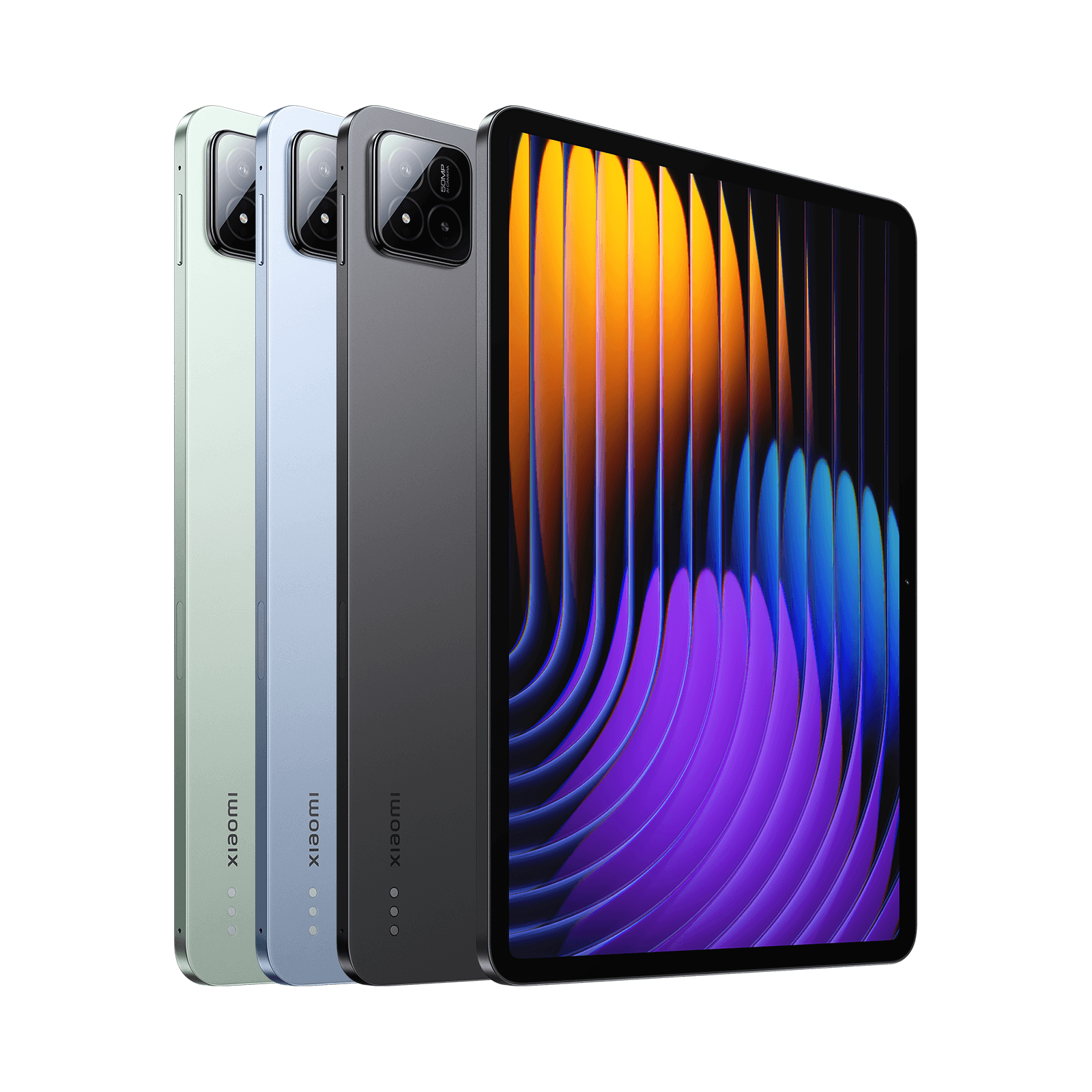
Xiaomi unveiled the Pad 7 Ultra during its 15th-anniversary event in China. The tablet features a massive 14-inch OLED display. It offers 3.2K resolution, a 120Hz refresh rate, and 1600 nits peak brightness. The screen supports Dolby Vision and HDR10+.
It also has TÜV Rheinland eye comfort certification. A nano-soft light version reduces glare and reflection. This gives users a paper-like writing experience. The display is perfect for reading, drawing, and media consumption.
Under the hood, the Pad 7 Ultra uses Xiaomi’s custom XRING 01 3nm chipset. It includes dual Cortex-X925 cores and a 16-core Immortalis-G925 GPU. The 6-core NPU delivers up to 44 TOPS of AI performance.
The tablet runs HyperOS 2. It supports cross-device tools like file sharing with Apple devices. It can also act as a wireless secondary screen. A 12,000mAh battery supports 120W fast charging. This makes it one of the fastest-charging tablets available.
Lenovo Legion Y700 (Gen 4) : Built for Gamers
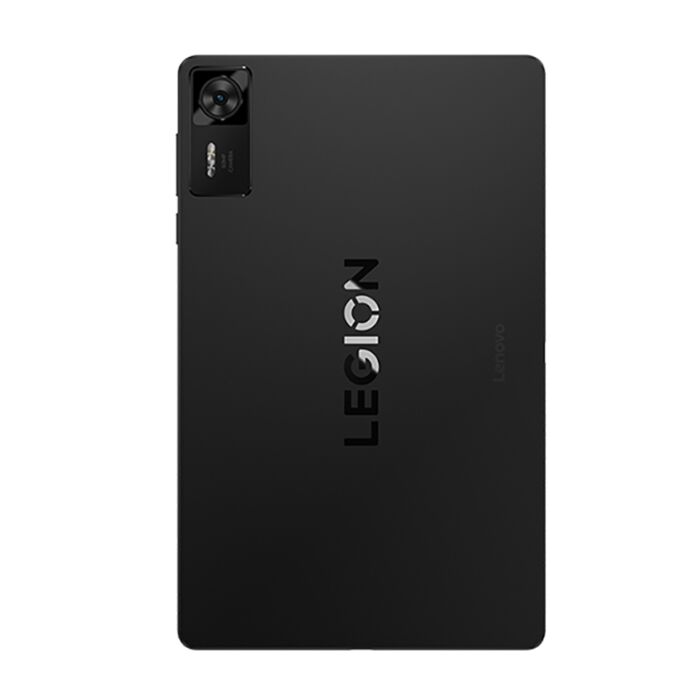
Lenovo launched the Legion Y700 (Gen 4) as a compact gaming tablet. It has an 8.8-inch 3K LCD screen with a 165Hz refresh rate. The high refresh rate ensures smooth gameplay and responsive controls.
The device is powered by the Snapdragon 8 Elite processor. It comes with up to 16GB of LPDDR5X RAM and UFS 4.0 storage. Lenovo added a high-efficiency cooling system. It uses a 12,000mm² vapor chamber and layered composite design to manage heat.
The Y700 supports attachable G9 controllers. These turn the tablet into a portable gaming console. The controllers feature ABXY buttons, macro keys, and dual triggers. This setup gives gamers a console-like experience on the go.
It runs Android 15 with Lenovo’s ZUI 16 interface. A 7,600mAh battery supports 68W fast charging. The tablet comes in Black and Ice Soul White. It’s a strong option for mobile gamers who want power in a small form.
You might also like : BGMI’s 3.9 Update: Style Over Substance
Redmi K Pad : Compact Performance
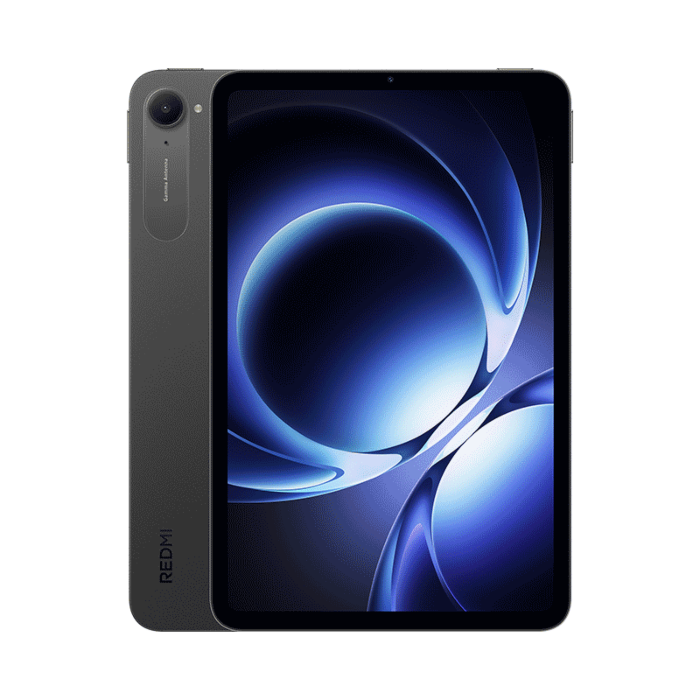
Xiaomi introduced the Redmi K Pad as a performance-focused compact tablet. It has an 8.8-inch 3K LCD screen with a 165Hz refresh rate. Gorilla Glass 5 protects the display from scratches and drops.
The tablet uses the Dimensity 9400+ chipset. It supports up to 16GB of LPDDR5X RAM and 1TB of UFS 4.1 storage. This makes it capable of handling demanding apps and games.
A key feature is the dual USB-C interface. It supports bypass charging, which reduces battery wear during long gaming sessions. A chip-centered liquid cooling system keeps temperatures low. It uses a large vapor chamber for efficient heat dissipation.
The 7,500mAh battery supports 67W fast charging. The device also supports Dolby Vision and high touch sampling rates. Dual X-axis linear motors provide precise haptic feedback. These features enhance the gaming experience.
Red Magic Astra : The Ultimate Gaming Tablet
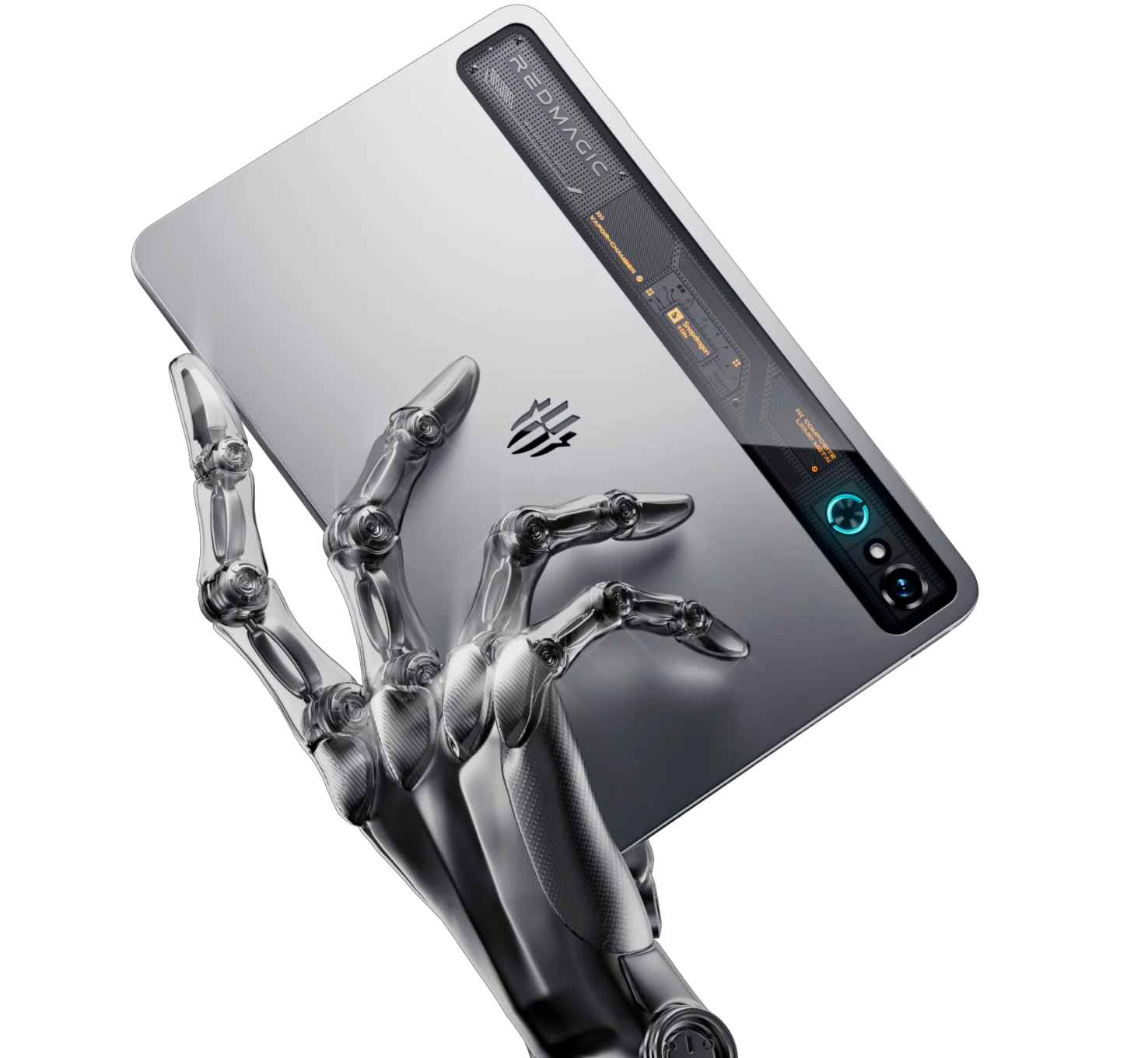
Red Magic launched the Astra Gaming Tablet globally after its China debut. It features a 9.06-inch 2.4K OLED screen. The display has a 165Hz refresh rate and peaks at 1600 nits brightness.
The tablet runs on the Snapdragon 8 Elite chipset. It comes with up to 24GB of LPDDR5T RAM and 1TB of UFS 4.1 Pro storage. This makes it one of the most powerful Android tablets available.
It includes dual 1,620mm² speakers with DTS:X Ultra support. The audio is loud and immersive. The device runs Android 15 with Redmagic OS 10.5. It has a fingerprint sensor on the power button.
Wi-Fi 7 and USB 3.2 Gen 2 Type-C ports are also included. A 8,200mAh battery supports 80W charging. The tablet is marketed to gamers and comes with early-bird offers. These include discounts and free accessories.
Vivo Pad 5 Pro : Sleek and Productive
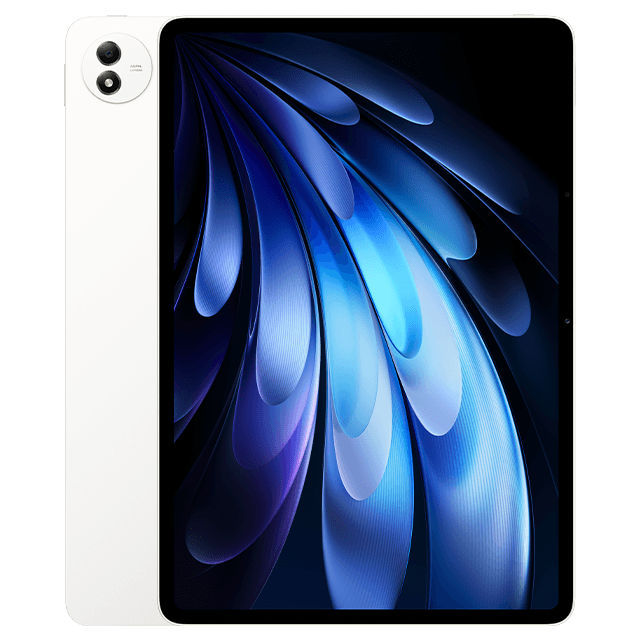
Vivo introduced the Pad 5 Pro as a productivity and entertainment tablet. It has a 13-inch 3.1K LCD with a 144Hz adaptive refresh rate. The design is sleek and modern.
The ultra-light model is only 5.96mm thick and weighs 578g. It uses the Dimensity 9400 chipset. Users can choose up to 16GB of RAM and 512GB of storage.
An eight-speaker system delivers rich audio. A 12,000mAh battery supports 66W fast charging. It runs Android 15 with OriginOS 5.
The tablet supports NFC, Wi-Fi 7, and Type-C audio. Software features include multitasking and cross-device clipboard sharing. These tools enhance productivity and convenience.
Lenovo Yoga Tab Plus : AI-Powered Innovation
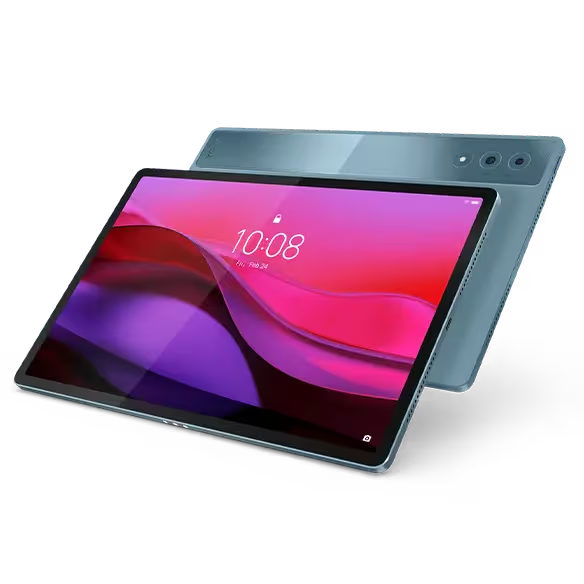
Lenovo launched the Yoga Tab Plus in India as its first AI-powered tablet. It was first unveiled at CES 2025. The device has a 12.7-inch 3K LCD screen with a 144Hz refresh rate.
Peak brightness reaches 900 nits. It includes six Harman Kardon speakers with Dolby Atmos. The audio quality is excellent for music and videos.
The tablet supports Lenovo’s Tab Pen Plus and keyboard accessories. It runs Android 14 with ZUI 16. Lenovo promises three OS upgrades and four years of security updates.
It uses the Snapdragon 8 Gen 3 and a Qualcomm Hexagon NPU. AI tools like AI Note and AI Transcript are pre-installed. Features like App Streaming and Smart Clipboard improve usability.
A 10,200mAh battery supports 45W fast charging. This makes it a solid choice for users who value AI features and long battery life.
Final Thoughts : A Diverse and Powerful Lineup
Android tablets in 2025 are no longer one-size-fits-all. They come in different sizes, specs, and price points. Whether you need a high-end display, a gaming machine, or an AI-driven productivity tool, there’s a tablet for you.
Brands like OnePlus, Xiaomi, Lenovo, and Red Magic are stepping up. They are giving Android tablets the flagship treatment they deserve. With powerful hardware, smart software, and innovative features, these devices are redefining what a tablet can do.
The future of Android tablets is bright. Users now have more choices than ever. Each brand brings something unique to the table. 2025 marks a turning point in the evolution of Android tablets.

